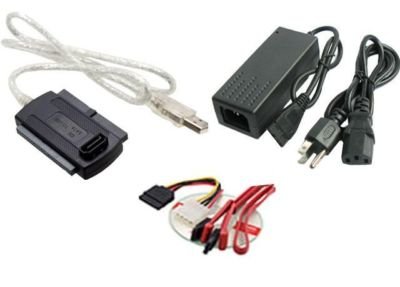
It was in the year 1995 that the world first witnessed the rise of USB technology, which was designed to replace a range of connectors at the back of PCs produced by computer companies everywhere. Since then, this simple technology has replaced serial and parallel ports to the point that you can barely find one or two of them on a computer these days.

With this kind of prominence, a slew of other products have also evolved which use these ports in order to provide access to external hardware that serve a slew of purposes ranging from modems to printers to digital cameras and so on.
Perhaps the most basic device that can be found today is the USB serial adapter, which converts a USB port into a serial port to be used for communication devices that need only a serial port and no other.
But when it comes to supporting storage devices, another device has been offered to users everywhere in the form of a USB IDE adapter since this is one of the most popular formats that are used by several storage devices.
If you look at any computer these days, you’ll find several USB ports as opposed to parallel or serial ports, and perhaps the simplicity of USB technology has been the reason for its popularity over the years.
Another interesting device is the video splitter, which is most useful when you show business presentations or multimedia displays requiring multiple visual streams. In being able to split the signal from your computer from two to eight screens, this makes what you display viewable by more than just one group of people located close to your computer.
USB technology is here to stay and will continue to evolve over the years as well.
Posted By: Computer Science Resources 4U
